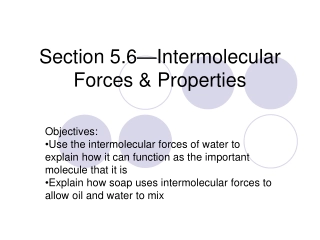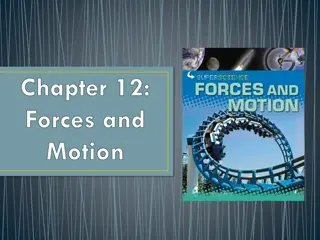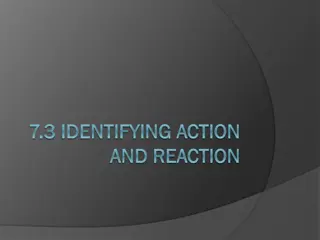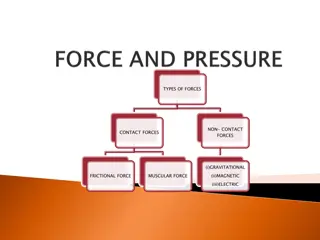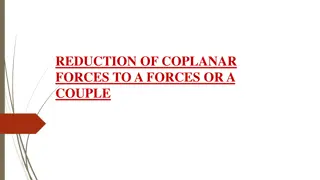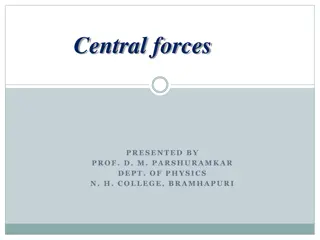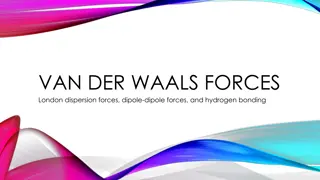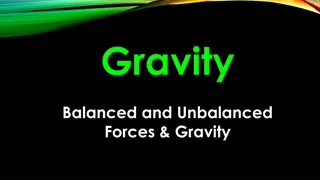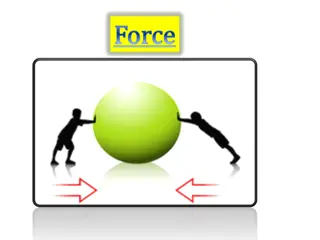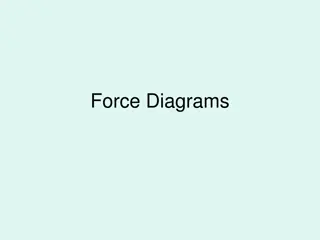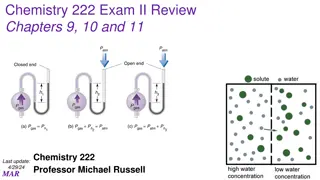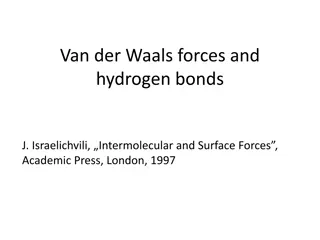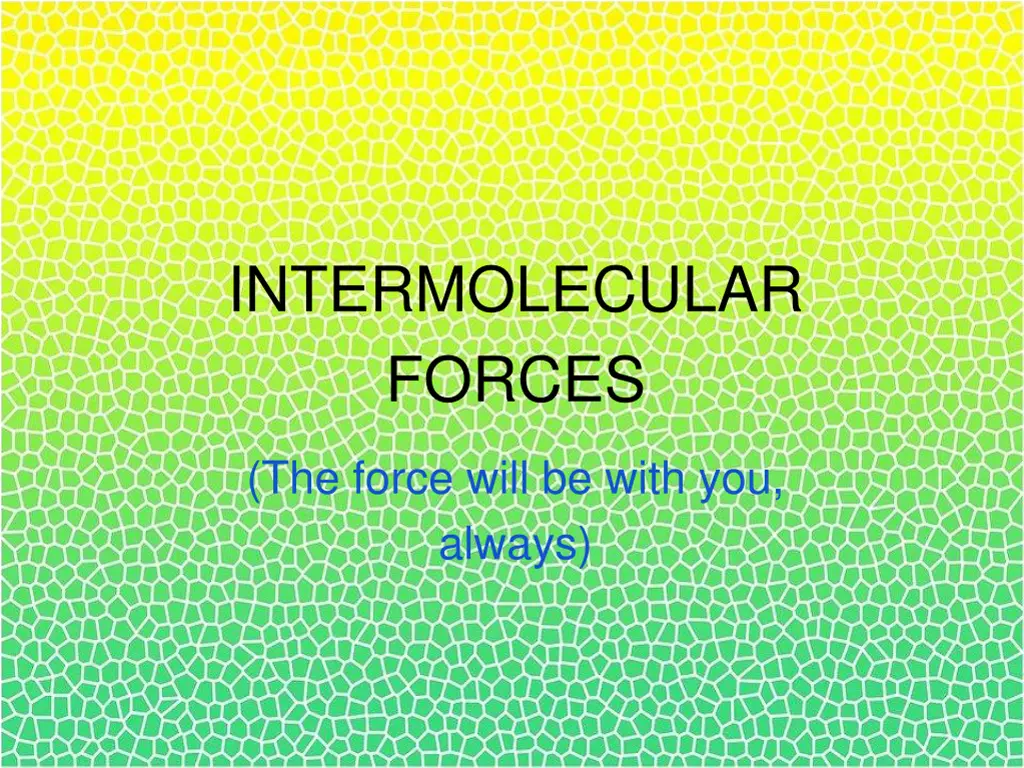
Understanding Intermolecular Forces and Their Impacts
Learn about intramolecular bonds vs. intermolecular forces, the strength of different types of intermolecular forces, and the significance of London dispersion forces, dipole-dipole forces, and hydrogen bonding in molecular interactions.
Download Presentation

Please find below an Image/Link to download the presentation.
The content on the website is provided AS IS for your information and personal use only. It may not be sold, licensed, or shared on other websites without obtaining consent from the author. If you encounter any issues during the download, it is possible that the publisher has removed the file from their server.
You are allowed to download the files provided on this website for personal or commercial use, subject to the condition that they are used lawfully. All files are the property of their respective owners.
The content on the website is provided AS IS for your information and personal use only. It may not be sold, licensed, or shared on other websites without obtaining consent from the author.
E N D
Presentation Transcript
INTERMOLECULAR FORCES (The force will be with you, always)
Intramolecular bonds and Intermolecular Forces Intramolecular bonds are the bonds within the molecule. (covalent bonds) Intermolecular forces are the forces of attraction between molecules due to polarity and movement of electrons within the bond. The more polar the molecule, the stronger the intermolecular force.
Intermolecular forces Intermolecular forces are weaker than ionic or covalent bonds. The strength of the intermolecular force determines the phase (solid, liquid, or gas) that the molecules have. Strong forces: solid phase Weak forces: gas phase The larger the polarity of the molecule, the stronger the intermolecular force between molecules.
Three types of intermolecular forces London force: also known as the Dispersion force (Weakest) Dipole-dipole forces (middle) Hydrogen bond (strongest)
London dispersion forces aka dispersion forces aka Van der Waals forces Weakest force Strength increases as size increases The only force of attraction between two nonpolar molecules. All molecules (both polar and nonpolar) have some London forces between them. Due to the random back and forth movement of shared electrons.
Dipole-Dipole forces Force of attraction between two polar molecules. The larger in size of the polar molecule, the weaker the dipole force because the molecules can t get as close to each other.
Hydrogen Bonds Attraction occuring when a hydrogen atom is bonded to a very small but strongly electronegative atom (such as fluorine, oxygen, or nitrogen) This happens because hydrogen is so small in size, it can get close to another molecule and therefore have a greater effect.
Hydrogen Bonding Hydrogen bonding is F.O.N. Hydrogen bonding isn t a bond. It s an Intermolecular force. The molecule must have Hydrogen bonded to Fluorine, Oxygen or Nitrogen. F, O, and N have very high electronegativities and are very small. This combination of strong attraction for bonding electrons and small size really pulls the electrons close to them. This creates a very large partial negative around them, which in turn causes a very strong attraction between the F,O or N of that molecule and the Hydrogen of a different molecule (think of how 2 strong magnets would attract...same thing)
Hydrogen bonding and how it affects boiling point. H2O, HF, and NH3are polar molecules that have hydrogen bonding (which is very strong) as their IMFs so it takes more energy to break the IMF and cause them to boil. The other molecules are non polar molecules which have dispersion forces, which are weak but increase as their size increases
Intermolecular forces London + - + - + - + Dipole-dipole - + + + + - - Hydrogen Bonding - + + +

